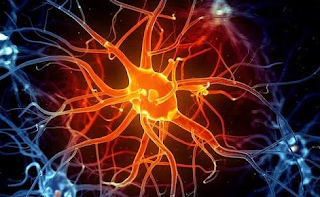Electric zaps can rewire the brains of Tourette syndrome patients, effectively reducing their uncontrollable vocal and motor tics. The procedure, called deep brain stimulation (DBS), improved tic severity by nearly half in patients with uncontrolled Tourette symptoms.
According to Dr. Michael Okun, chair of neurology and co-director of the Movement Disorders Center at the University of Florida’s College of Medicine, much improvement in these symptoms is difficult when using medication or behavioral therapy.
With DBS, brain surgeons run thin electric leads to specific regions of the basal ganglia, a cluster of nerves in the brain related to motor control and behavior, then apply electricity to the brain circuits they’ve most closely linked to Tourette, to try to control the patient’s tics. then introduce electricity into the brain to change the way these circuits function.
However, the procedure still needs more work. More than a third of patients experienced adverse events, most often slurred speech or a pins-and-needles sensation. These side effects occur when electricity meant for one brain circuit unintentionally spreads to other nearby nerves but the adverse effects are reversible.
Tourette patients are typically treated using medications and speech or behavioral therapy. Another option for severe Tourette cases is deep brain stimulation, which also used to treat many other motor disorders, including Parkinson’s disease, essential tremor and multiple sclerosis.
Researchers wanted a better idea of whether DBS is effective in treating severe cases of uncontrolled Tourette, which can cause motor tics so strong that people end up hurting themselves. The average tic severity patients that used DBS improved by 45 percent within one year of implant.
haleplushearty.blogspot.com



